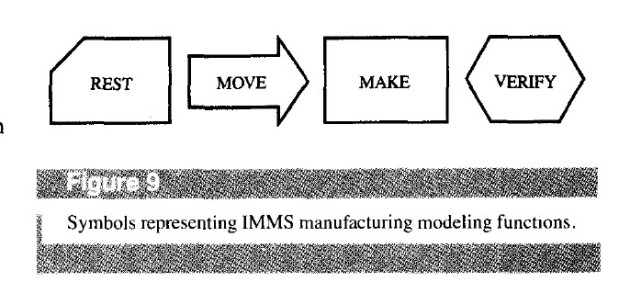Anti-value and Process Measurement
Blog: Brian's Blog - Enterprise Strategy, Architecture and Management
Anti-value
The problem with Earn Value (EV) has applied by many PMs and Enterprises is that often there is not value achieved. What has been done is to expend effort (work) towards a goal which is hoped to achieve value. Too often lately earned value and effort have been used as interchangeable; they are not. These are two different concepts.
It is said “Value is in the eye of the beholder”. However, if the beholder is not the ultimate consumer of the effort I would contend you may or may not have achieved value. It is my assertion that value is in the eye of the consumer external to the working entity.
The example I use is rather down to earth rather than using abstract deliverables. Take an aluminum billet, rough mill it into the shape of an aircraft wing spar. Many PMs would claim some percentage of EV at this point. “See we’ve accomplished x percent of the steps towards creating the spar, so we’ve achieved x percent of EV.
However, if we stop there can you sell this rough spar to the customer or another customer for the cost of the materials plus level of effort employed? Typically, not. More than likely the enterprise would be selling the rough billet as scrap or salvage rate (cost of the raw material). So really what has happened is the enterprise has created Anti-Value.
Process Measurement
In 1985 Dr. Arno Schmackpfeffer, et al. put forth an article in IBM’s Journal of Research and Development “Integrated Manufacturing Modeling System”. In that he and his peers asserted there are five primitive activities in a process: Make, Move, Verify, and Rest. These activities are the basis for creating value.

At his point many would put forth the argument that only one of the five, make, creates value. However, that neglects other forms of value creating activities. These again are in the eye of the consumer.
Does “Move” create value? Clearly it must, as people are willing to pay firms to move things for them. Even investment firms use move to create achieve value: Arbitrage, moving goods from one location to another to gain value from the price differential in locations.
How about “Rest or Store” this activity? Does nothing but leave an item in place, what value is in that? How many people lease self-storage space to keep things? So there must be value in rest or store as people are willing to pay for it.
Now what about “Verify” clearly verify adds not value? With verify the consumer of verify is looking to get assurance that what was accomplished previously was actually accomplished. Auditors and Consultants are examples of service providers that engage is such activities that enterprises are willing to pay for.
Summary
I had labeled the above section process measurement as a correction to a previous blog article https://briankseitz.wordpress.com/2013/11/11/structure-in-threes-process-value/ to put it in better alignment with the assertion I have that value is not achieved until someone is willing to “pay” for it.
In 1998 I had taken the five primitives a little further to develop a quick analysis method for BPR/M engagements. This approach enabled my team to analyze business processes to determine what activities could be eliminated to increase process efficiency and value contributions

Filed under: Business Process Reengineering / Management, Enterprise Architecture, Portfolio Management
![]()
Leave a Comment
You must be logged in to post a comment.







